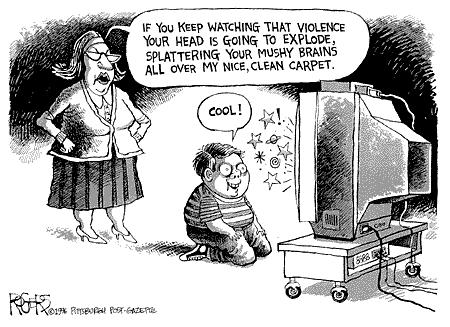Cultivation Theory Examples in Media
Processes involved in its cultivation. Not all media effects are instantaneous or short-term.

Cultivation Theory Media Theories Youtube
The company controls the growth and cultivation of its hemp producing only organic hemp for the strongest and most durable fibers.

. These dramas have been successful in bringing about positive social change while demonstrating the relevance and applicability of social cognitive theory to media. The greater control and choice brought about by new media has opened up new avenues of uses and gratifications research and has led to the discovery of new. For example studies of cultural factors including language and customs help biologists interpret patterns of genetic evolution that might be misinterpreted if the.
Hemp is a more environmentally friendly and sustainable raw material than cotton polyester or other fibers. Gerbner 1969 created cultivation theory arguing that the media cultivates a collective consciousness about elements of existence. It is grown in black clayey soil with a warm climate.
Cohort engagement and skills benchmarking are a part of activation. The theory also states that viewers identify with certain values and identities that are. Throughout we give examples of efforts to apply theory to data linking models of cultural evolution to empirical studies of genetics language archaeology and anthropology.
In India cotton is mainly cultivated in the states of Maharashtra Punjab Rajasthan Tamil Nadu and Madhya Pradesh. The following are salient examples of media effects studies which examine media influence on an audience aggregate. Gardening ranges in scale from fruit orchards to long.
Nutrient media can also be used for the cultivation of fastidious microorganism by enriching the medium with serum or blood Nutrient Agar is an ideal medium for the demonstration and teaching purposes as it allows more prolonged survival of cultures at ambient temperature without the risk of overgrowth that might occur with more nutritious mediums. Cultivation theory is a media effects theory created by George Gerbner that states that media exposure specifically to television shapes our social reality by giving us a distorted view on the amount of violence and risk in the world. When its plant starts flowering they give flowers of yellowish-white colour which turns red after a few days.
In microbiology cultivation is a central approach for uncovering novel physiology ecology and evolution of microorganisms but conventional methods have left many microorganisms found in nature. Cultivation brings in self-paced online courses live masterclasses habit drills and prompt-rich nudges. The 15-week program Activates Cultivates and finally Elevates the cohorts performance to achieve transformative outcomes.
Customers trust Arrows clothes to last longer than the competitors with fewer rips or tears. The theory relies on two principles. Gardening is the practice of growing and cultivating plants as part of horticultureIn gardens ornamental plants are often grown for their flowers foliage or overall appearance.
Useful plants such as root vegetables leaf vegetables fruits and herbs are grown for consumption for use as dyes or for medicinal or cosmetic use. For example a television show in India was produced to raise womens status and promote smaller families by embedding these ideas in the show. Media users are active in their selection of the media they consume and they are aware of their reasons for selecting different media options.

Cultivation Theory A Three Prong View Of Tv Ppt Video Online Download

Cultivation Theory Audience Theory Youtube

Cultivation Theory Overview Hawkins And Pingree 1983 Download Scientific Diagram

Cultivation Theory Mass Communication Talk

Cultivation Theory Analysis Definition And Media Examples Toolshero
/child-from-behind-watching-violent-cartoon-on-television-92671576-329b598616b8437b9d9f0df025740bc6.jpg)
Comments
Post a Comment